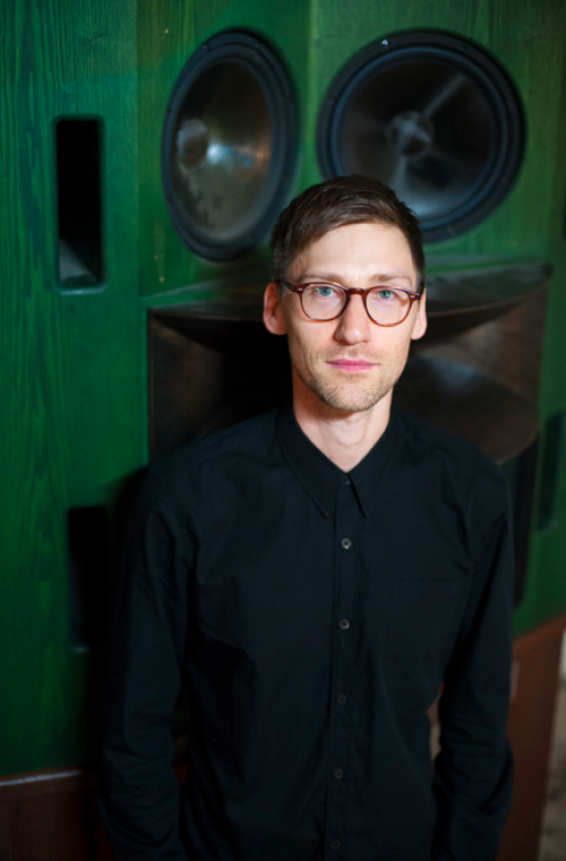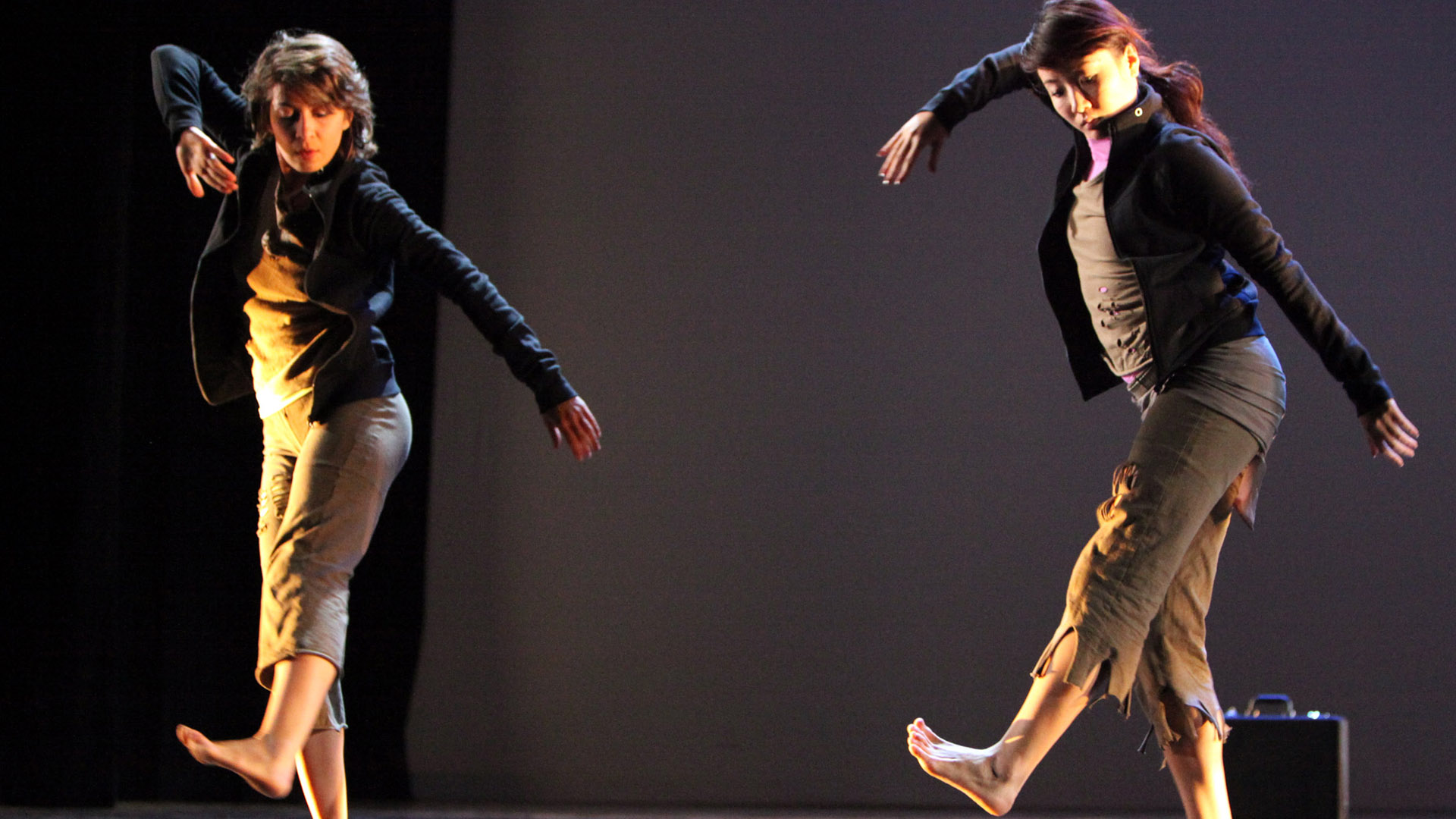Here we chat with with John Connell, a DJ and producer for 15 years and meditation teacher.
Editor- Very soon you will teach the Breathwork & Sound workshop in our new Tanzmoto Studio Space, exploring mindfulness, the influence of sound on how we feel and the power of ‘Listening’, with a capital L. Please introduce yourself and tell us about your path of becoming a passionate teacher for this subject.
John Connell- I’m a lifelong fan of music, especially all kinds of electronic music and sound. I became obsessed with DJ culture from the age of about 12, eventually getting turntables and playing in clubs and bars in surrounding cities when I was 17 or so. A few years later I moved to Tokyo for what was supposed to be 1 year, but ended up being 8, during which time I became a regular fixture on the house and techno circuit in and around Tokyo, playing with a lot of international and Japanese artists and making music. What I really loved about mixing records was despite the technical simplicity. You can create a really powerful interaction with an audience, and amplify the energy that people are experiencing and sharing.
It was also in Tokyo that I first got into yoga through the insistence of a friend, and through that began learning about meditation, though it remained a more casual interest. It wasn’t until I moved back to London where the pace of my life speeded up, and without a strong network of friends and the disorienting feeling of reverse culture shock, I found myself pretty overwhelmed and increasingly unable to deal with the stress I felt. I began asking myself what was important to me, and how I could live better, be happier. More out of necessity than anything else, I began delving deeper into meditation and mindfulness of breathing as a way to get some headspace. From the first retreat I took I was hooked – the calmness, the mental space, the clarity of mind and the senses I emerged with were a revelation. I learned a lot about my character and discovered some great tools to feel more balanced and calm in my daily life. It was as if I’d returned to something I’d forgotten, which I think is actually a pretty accurate explanation of what it provides.
After that I started practicing daily and took many different types of workshops and retreats exploring mindfulness, from Vipassana silent meditation, a month long stay in a Buddhist monastery in Nepal and Northern India, a 6 week yoga teacher training program with 2 hour early morning meditation and Pranayama breathing, and more recently exploring Amazonian shamanic retreats that have really opened up new areas of ‘Knowing’, as I would explain it - through exploring psychological awareness in a deeply intuitive way.
E.- You have been working with meditation for around 10 years now. What have been the greatest lessons and the biggest benefits from it?
J.C.- The idea of breathwork is very simple, but is something that brings so much. You simply observe your breath. Through doing this, with practice you become much more aware not only about how you are feeling mentally, physically and emotionally within the moment, but also you start to understand the processes at work that make up this seemingly fixed idea of ‘I’, of who you are, and all that comes with it. With some space to observe, you are able to avoid being reactive to what’s happening around you and start to be more reflective and proactive. It is a beautiful and very helpful practice, if you want to lead a peaceful, conscious life and be more present in the moment.
E.- So what is the concept behind Breathwork & Sound?
J.C.- In a word, Breathwork and Sound is about Listening- to what’s going on around us, to what’s going on within us, the relationship between the two, and how to work with this understanding to create change where we want to see it. It’s about working together as a group to return to a more intuitive understanding of ourselves and how we feel, that gets lost through stressful lives and overstimulation in our intense living and working environments.
The workshop combines the mindfulness of breathing meditation techniques with the experience I have in sound design. I use soundscapes and ambient music specifically designed for this workshop – more like musical textures than songs, that I both make myself and mix from other artist’s compositions. It is about providing a tool to help people tune into how they feel, working with rhythm, repetition, and psycho-acoustic space, ie the space we imagine and mentally create when we listen to music. While some of it is very subtle, it is really effective in tuning in to how we feel, in bringing up joyful memories, and moving past feelings and thoughts we want to leave behind.
There is also a focus on intuitive movement, so participants can explore what comes up by feeling through the the body instead of the ongoing dialogue of our ‘rational’ minds - or they can just sit peacefully to reflect if they feel like it as well. It has been set up for anyone with an interest in meditation and sound – from complete beginners to more experienced practitioners to want to try something new. It will also be of interest for dancers who are interested in training their ears, and applying these insights into their practices.
E.– How does music help people go into their deeper states of consciousness?
J.C.– There are two sides to that. The first is about using music to think about different layers of depth and texture of a sound, recognizing its particular elements and finally observing our reaction to them. This is a great listening exercise that helps people become more attuned to their own patterns of behaviour, something which has allowed me to go deeper into my own practice and understanding of myself. The other side comes from an understanding of the effect that frequencies have on us physiologically, mentally and emotionally. Certain frequency ranges work almost like triggers to help shift mental state or induce emotional responses, and while we won’t go into this in much detail in the class this underpins the general process.
E.- You live in Berlin and work in the music scene. How has that influenced the sound you work with?
J.C.- Berlin is like nowhere else in the world in terms of its music culture and the energy of the community around it. People might be aware of Berlin as one of the global hubs for house and techno, and while the city is changing these days, there is much more going on. The decades of sonic exploration and commitment to making new sound, and the avid appreciation of such ideas from the community there, have led to some really exciting artists and projects that have been deeply inspiring to me. Sound artists like Alva Noto and Atom TM, with their meticulous yet emotional compositions; The Caretaker, who plays with notions of memory and decay; Nils Frahm, with deeply melancholy solo piano and modern classical composition; house and techno producers who create both heavy and lush ambient textures and space like Shed, STL, Sigha and Peter van Hoesen, and of course artists like Plastikman with his seminal work on repetitive, hypnotic percussive rhythms.
A link to some of john’s music and mixes: https://soundcloud.com/johnconical/sets/john-connell-sets-and-sounds
Link zur Anmeldung und Workshopinhalten: http://www.tanzmoto.com/events/atmung-klang


